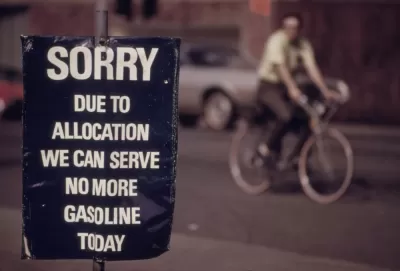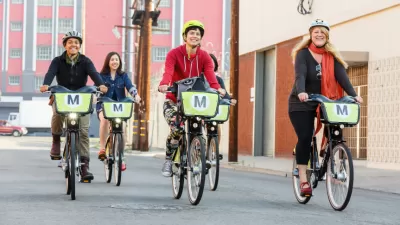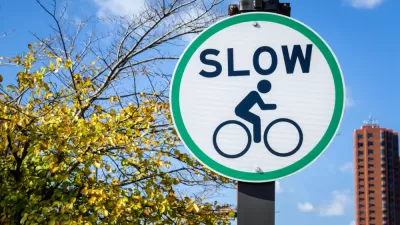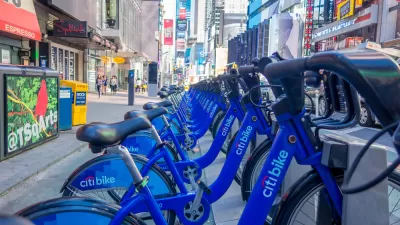Back when baby boomers were in their late 20s and early 30s, they drove a bike boom. It is now largely forgotten.

"US bicycle sales, which had been rolling along at 6 million a year, shot up to 9 million in 1971, 14 million in 1972 and 15.3 million the following year, according to a Bank of America report," Carlton Reid writes in an excerpt of his new book for the Guardian.
The book, Bike Boom: The Unexpected Resurgence of Cycling, documents the unexpected surge in popularity of biking in the 1970s. The story of the boom is not just about a jump in sales; it was also a time of political action. The 1970s saw a number of pedal ins and bike ins—where advocates and politicians of both parties addressed bikers. According to Reid, "[i]n 1973, 252 bicycle-oriented bills were introduced in 42 states. The Federal-Aid Highway Act of the same year provided $120m for bikeways over three years." The boom turned to bust in the mid-70s, as fashions changed along with demographics. By 1975, Reid contends the bike "turned out to be the Hula Hoop of the 1970s."
FULL STORY: Pedal-ins and car burials: what happened to America's forgotten 1970s cycle boom?

Planetizen Federal Action Tracker
A weekly monitor of how Trump’s orders and actions are impacting planners and planning in America.

Map: Where Senate Republicans Want to Sell Your Public Lands
For public land advocates, the Senate Republicans’ proposal to sell millions of acres of public land in the West is “the biggest fight of their careers.”

Restaurant Patios Were a Pandemic Win — Why Were They so Hard to Keep?
Social distancing requirements and changes in travel patterns prompted cities to pilot new uses for street and sidewalk space. Then it got complicated.

Platform Pilsner: Vancouver Transit Agency Releases... a Beer?
TransLink will receive a portion of every sale of the four-pack.

Toronto Weighs Cheaper Transit, Parking Hikes for Major Events
Special event rates would take effect during large festivals, sports games and concerts to ‘discourage driving, manage congestion and free up space for transit.”

Berlin to Consider Car-Free Zone Larger Than Manhattan
The area bound by the 22-mile Ringbahn would still allow 12 uses of a private automobile per year per person, and several other exemptions.
Urban Design for Planners 1: Software Tools
This six-course series explores essential urban design concepts using open source software and equips planners with the tools they need to participate fully in the urban design process.
Planning for Universal Design
Learn the tools for implementing Universal Design in planning regulations.
Heyer Gruel & Associates PA
JM Goldson LLC
Custer County Colorado
City of Camden Redevelopment Agency
City of Astoria
Transportation Research & Education Center (TREC) at Portland State University
Camden Redevelopment Agency
City of Claremont
Municipality of Princeton (NJ)





























